



ENGAGEMENT RINGS
DIAMOND RINGS
On that special day honour her with an exceptional diamond ring!
Rings are composed of two separate parts: the shank or the band, and the head or the crown. Most rings have a simple circular band of metal for the shank, but there are other, more intricate designs. A shank that does not have a universal width around the entire finger would be considered a tapered shank. This is a decorative element but also can make the ring slightly more comfortable to wear if the taper is at the bottom of the ring. A split shank is a shank with two separate bands of metal creating the shank. The two pieces of metal join on the underside of the band. Split shanks are usually found on rings with large gemstones as they help support the weight of the stone.
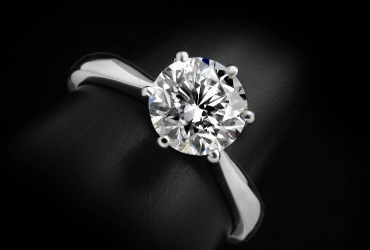
SOLITAIRE

A Solitaire ring is probably the most classic engagement ring style! Solitaire Rings feature a band with a single diamond or gemstone set above the band, typically in a prong setting. However the gemstone can also be set into a bezel setting but the style an idea remains the same. The solitaire ring is meant to highlight the single diamond or gemstone.
CHANNEL SET
Channel setting is a technique where gemstones are set next to each other in a row within a u-shaped track or channel of metal. Channel set jewelry is very durable as the edges of the gemstones are not exposed to wear. Channel setting is often found on wedding bands and eternity bands.
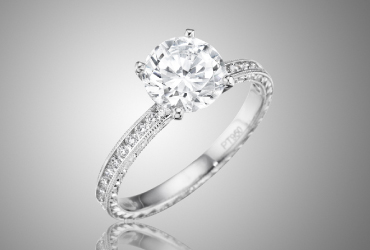
THREE STONE
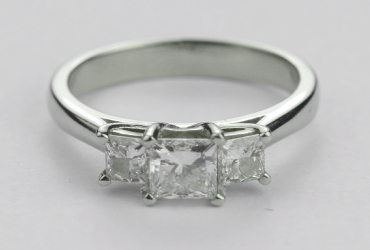
Three-stone rings are another classic style and are extremely popular for Tanzanites, sapphires and other colored gemstones. A three-stone ring features three gemstones: a central main stone and two matched side stones or accent stones. The accent stones flank the center stone on each side.
It is said that the three stones can represent The Past, The Present and The Future together.
PAVE
Pavé is a specialty setting style where small round stones (usually diamonds) are set very close together.
There are many methods to create this style of setting. Pave settings are normally done by hand with a special tool called a “graver.” A bead of metal is created by raising areas between pre-drilled holes. These small beads are then used to hold the stones together in a close and uniform way. The finished look is clean and elegant.
Micro Pavé is very similar to Pavé except extremely small stones are used (in some cases, less than 1 mm each). This work is often done with the aid of a microscope and sometimes laser tools for ultra-fine finishing. This type of setting work is completed by a specialist and can be very expensive and labor intensive.
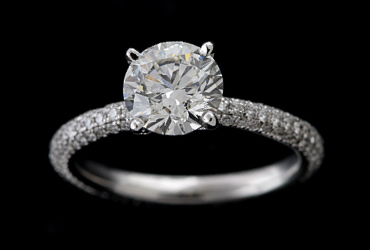
DIAMOND BAND
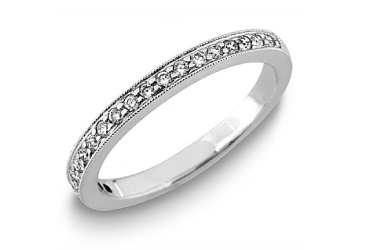
Diamond Bands.
MIXED METAL
Mixed Metal.
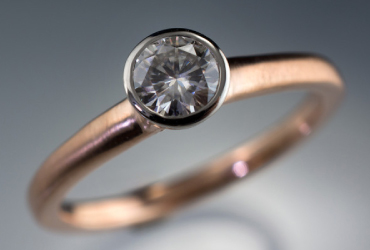
SIDE STONES
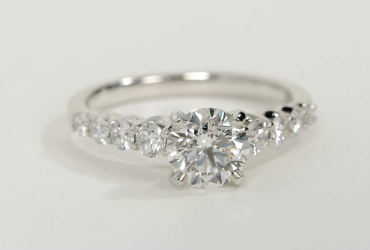
Side Stones.
TENSION
A tension ring is a type of ring in which the diamond or stone is held in place using pressure rather than a mounting. The metal setting is spring loaded to exert pressure onto the diamond. Tiny grooves are also added to the metal to create a friction so that the edges of the diamond have a place to rest. The stunning result is that the diamond appears to be suspended with nothing supporting it. Typically only diamonds, rubies, masonite and sapphires are used in tension settings due to the extreme pressure placed on the stones.
However some rings may appear to have a tension setting but are actually a faux tension setting. These rings have a bridge holding the ring together underneath the diamond.
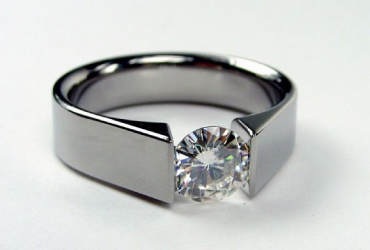
CUSTOMER SERVICE
+230 686 5246 / +230 696 5246
adamas@intnet.mu